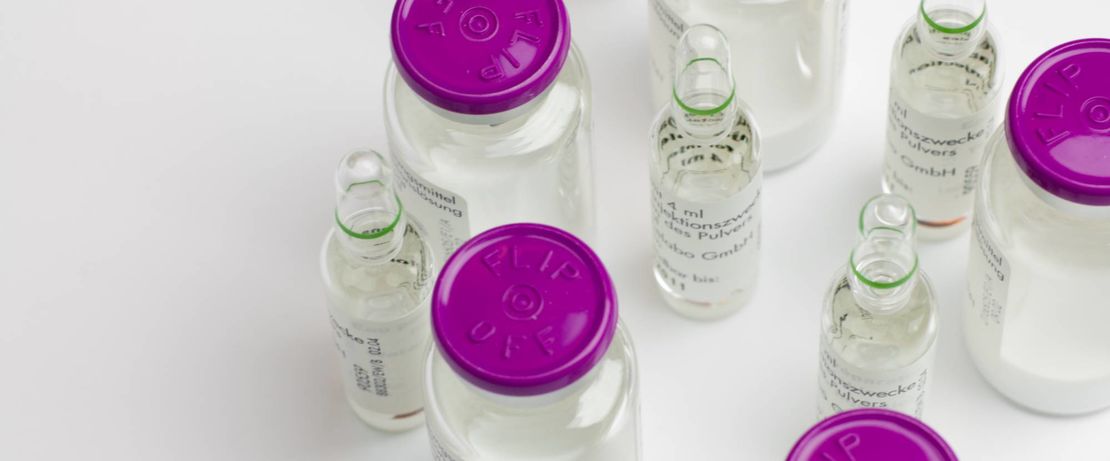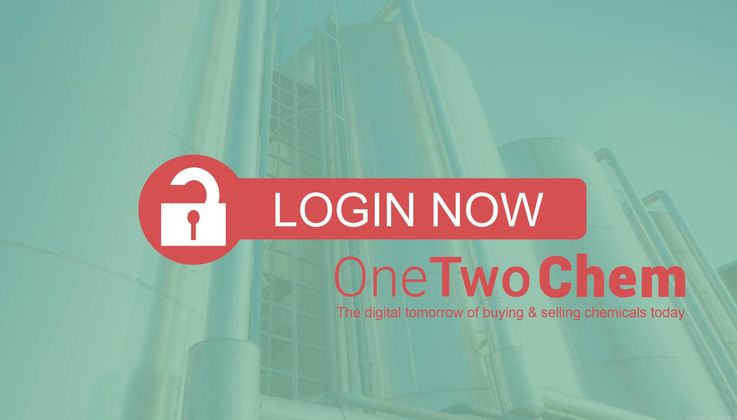
PEGs: Small molecules that pack a big punch
Polyethylene glycols (PEGs) make medications more effective and longer lasting—but they are difficult to manufacture. Thanks to the work of a team from its Health Care business line, Evonik can produce the molecules in a well-defined, highly pure form for complex pharma applications.
Pharmaceutical companies and patients alike want medicines that are as efficient and long-lasting as possible. In order to make medications more bioavailable and efficient, polyethylene glycols (PEGs) can be covalently bound to the actual active ingredient. Known as PEGylation, this process makes drugs more water soluble while also protecting them, for example, from overly rapid enzymatic degradation or from being excreted via the kidneys.
Manufacturing PEGs for pharmaceutical purposes is not easy: the starting material, ethylene oxide, is highly reactive and carcinogenic. Over the decades in which the company has been producing PEGs for technical applications, Evonik has clearly demonstrated that it can handle the material safely. PEGs used in medical applications, however, have to be more than just exceptionally pure—they also need to have a unique property profile. The previous manufacturing process and the corresponding production facilities are not suitable for this. In addition, there are further competencies required in the area of project management for pharmaceutical customers and the special - also organizational - quality requirements in the area of pharmaceuticals (cGMP). Taken together, all this leads to a high entry barrier in this area and thus to high differentiation in the market on a commercial scale.
Working with other internal and external partners, the team from the Health Care business line has developed a new process for manufacturing pharmaceutical-grade PEGs safely and in a quality, which in parts already surpasses those of competitors. A pilot plant began operating in Hanau in early 2017. The first customer placed an order before the startup phase was even over. As a result, the Health Care business line has very quickly positioned itself as a manufacturer of ultrapure PEGs. The plant as well as the development costs were already fully financed by the first production campaign in the new plant.
While the pilot plant is still capable of meeting current customer demand, the concept phase has already begun for a commercial plant to be built with the financial support of the customer. This will establish the Health Care Business Line in a challenging and highly attractive field with high margins and a highly promising outlook for the coming years. The best possible foundation, in other words, for the success story of pharmaceutical PEGs to continue.


